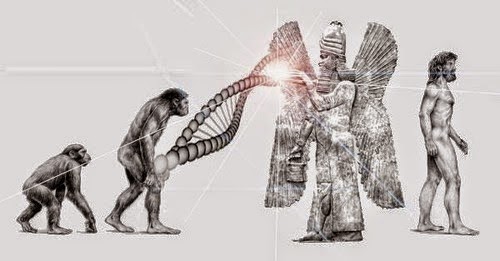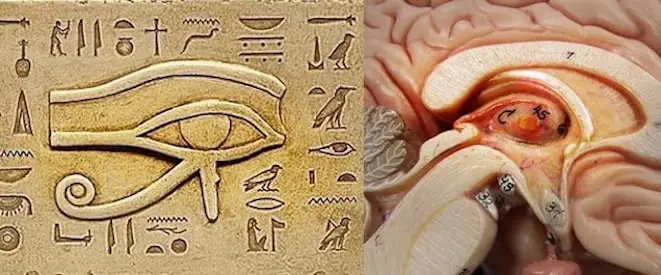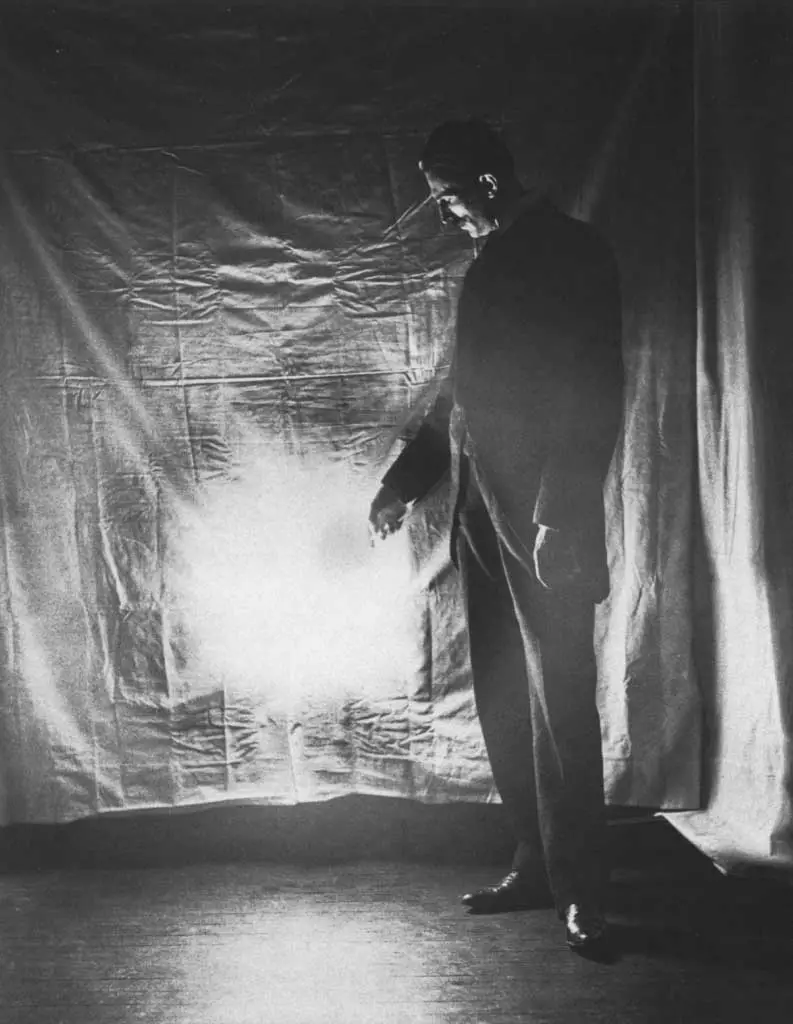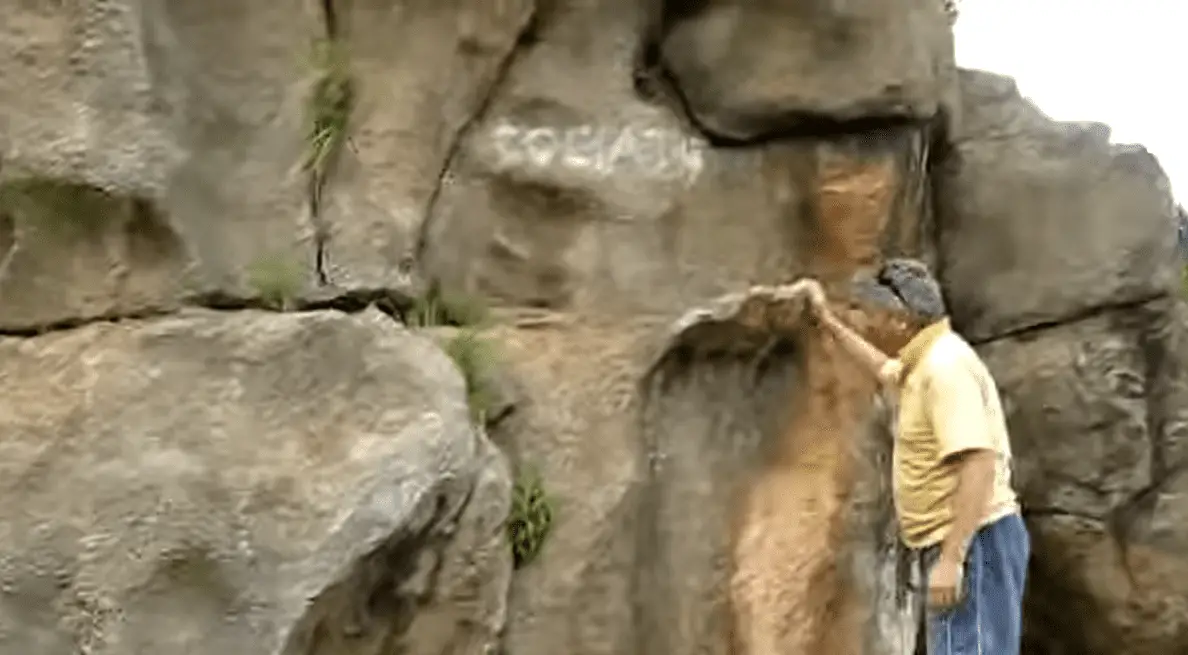
Are legends of mermaids and mermen based on something real? If so, stories dating back to the first writings are nothing like the Little Mermaid.
Sinde 1988, more than 16,000 people have vanished in a triangular area, the “Bermuda Triangle of Alaska.” The missing person rate is twice the national average, with four missing person reports for every 1,000 people.
When Alaskans go missing, the search area can be as large as entire states in the lower 48. Thus, state troopers rarely find any trace of bodies, either dead or alive. Worse, the rugged wilderness makes finding missing persons all the more unlikely.
For the native Inuit culture, it’s thought at least some disappearances are attributed to supernatural beings.
Mermaids and Mermen of Inuit Legends
For our purposes, we will refer to these legends as mermaids and mermen. However, the stories are quite unlike what we tend to think of as merfolk.
For example, Qalupalik is said to have green skin and enjoys snatching children away should they get too close to the water. Inuit sea goddess has many names with unique mythologies. These beings may be helpful to humans or extremely dangerous.
For example, hunters tried to appease Sedna so their hunts would be fruitful. She controls all sea life from her home at the bottom of the ocean. Strangely, seals, walruses, fish, and whales sprang from her severed fingers. Her father cut them off to save himself from drowning, according to one telling.
- Sedna
- Nuliayuk
- Taluliyuk
- Taleelayuk
- Qalupalik
Qalupalik is said to have long hair and long fingernails and wears an amautik. This Inuit parka has a pouch for holding babies. Not exactly a Disney character…
Parents in the northern Arctic told the story to children to discourage them from wandering off. If they get too close to the sea, the Qualupalik could take them away in her pouch to raise as her own.
Thus, it’s similar in that way to the stories of the Namahage in Japan or the Krampus in Germany. By telling the stories, parents can discourage bad behavior.
See more about the Qualupalik from the Nunavut Animation Lab.
Is Qalupalik Moving South?
With greenish, webbed hands, Qalupalik snatches away both children and adults. Using a pouch-like garment, they hold their victims as they head back to the water.
Stories of the Qalupalik originate in the northernmost regions, but now it appears the creatures could be moving further south in search of prey.
As climate change affects the Arctic, sightings further south are reported. Could it be due to the movements of potential prey like salmon? It’s one theory. Today, salmon are disappearing from much of their ranges and getting smaller. Maybe, that’s pressuring Qalupalik into more populated areas.
Encounters with Qualupalik
In the series, Missing in Alaska, witnesses describe encounters with what could be the Qualupalik. A fisherman loses his buddy to the water after seeing a green-webbed hand appear on the boat. A mysterious shape in the water snatches a net from a fisherman. Another witness loses a friend while hunting for shellfish on the shore. After a scream, he finds webbed footprints in the sand.
See more about the Inuit legend of mermaids and mermen from HISTORY below:
Henry Hudson’s Account
The first European to sail up the river into the bay that now bears his name, Henry Hudson wrote in his logbook after his crew saw a mermaid in 1608. In the account, it’s clear the mermaid is very human in features.
“One of our company, looking overboard, saw a mermaid, and calling up some of the company to see her, one more came up, and she was then close the ship’s side, looking earnestly on the men. Soon afterward, a sea came and overturned her. Her back and breasts were like a woman’s, her body as big as one of us; her skin very white, and long black hair hanging down behind. In her going down, they saw her tail, like the tail of a porpoise, and speckled like mackerel. Their names that saw her were Thomas Hills and Robert Rayner.”
Although some suggest mermaids and mermen were sightings of sea cows, this description seems to put that to rest.
The Kushtaka or Land-Otter Man
Tlingit and Tsimshian peoples indigenous to southeastern Alaska have stories of the Kushtaka. The name roughly translates to “Land-Otter Man” and is considered by some like the Bigfoot of the Alaskan Triangle. However, this creature is said to steal souls and viciously attack people.
According to Discovery:
“Legend has it that the creature appears to travelers in an irresistible form (such as a relative or vulnerable child) to lure victims to a nearby river, where it tears them to shreds or turns them into another Kushtaka.”
See more about the Kushtaka from Missing in Alaska from the HISTORY channel:
The First Stories of Merfolk
Tales of mermaids date back to ancient Mesopotamia with the deity, Oannes, and Atargatis in ancient Syria. According to Britannica, Oannes was described like this:
“Oannes, as described by the Babylonian priest Berosus, had the form of a fish but with the head of a man under his fish’s head and under his fish’s tail the feet of a man. In the daytime, he came up to the seashore of the Persian Gulf and instructed mankind in writing, the arts, and the sciences. Oannes was probably the emissary of Ea, god of the freshwater deep and of wisdom.”
From Syria, stories of sea goddess Atargatis may have led to Greek stories of Aphrodite.
Enki, a Merman-Like God Who Saved Humans
Ea is the Sumerian Enki, meaning “lord of the Earth,” who created men as slaves to the gods. In appearance, Enki was represented like the astrological sign for Capricorn, half-goat, half-fish. Some say he was a merman who saved humanity from a flood sent by the god, Enlil. His son was Marduk, also known as Bel (Lord), the god of Babylonia mentioned in the Bible, with his hybrid dragon.
Worldwide Mermaids and Mermen
Across the world, mermen and mermaid goddesses are seen in legends. In ancient Greece, Triton was revered as the son of Poseidon. Today, people who practice Hindu teachings may worship mermaid goddesses such as Suvannamacch, the golden mermaid.
Meanwhile, in Japan, stories of the Ningen, a giant sea-going humanoid from the Antarctic, are popular today. Ancient Japanese folklore tells of the Ningyo, another mermaid-like fish with a human face.
Related: Meet the Ningen – Giant humanoids of the Antarctic continent
See more about merfolk across the world from BRIGHT SIDE:
Featured image: Sedna, Sanna with severed fingers (Sanna aux doigts coupés) by Caroline Léna Becker via Wikimedia Commons, CC BY-SA 4.0 with screenshot via YouTube/HISTORY




